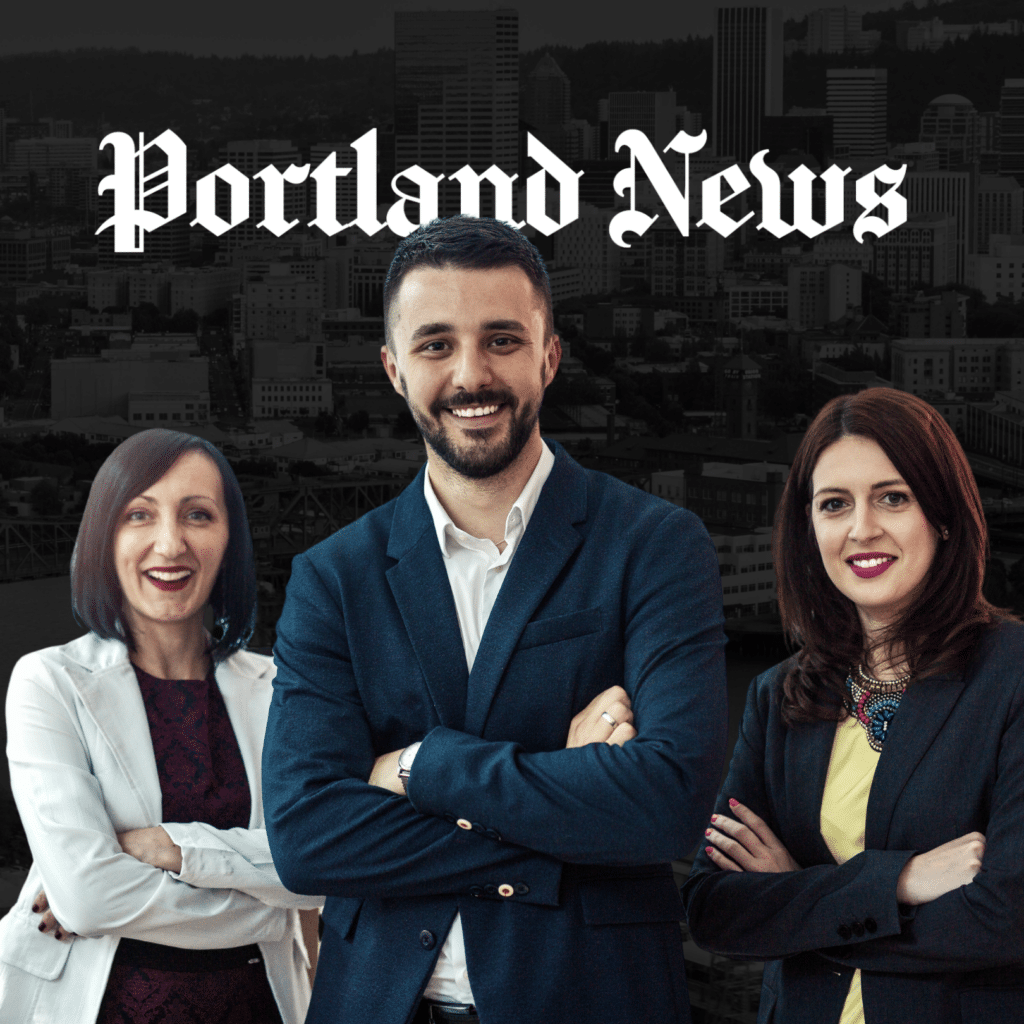Portland, Oregon, is undergoing a significant political transformation as it moves towards establishing new political districts for its city council elections. This shift comes as part of a broader effort to enhance representation and adapt to the city’s growing and diverse population. The creation of these districts, mandated by a voter-approved charter amendment, is expected to bring substantial changes to how Portlanders are represented in local government. This article explores what these new political districts could mean for the city and its residents.
The Background of Portland’s Political Redistricting
In November 2024, Portland will implement a new system for electing city council members. This system includes creating four geographic districts, each represented by three council members. The transition to this model marks a departure from the at-large voting system, where all council members were elected by the entire city population. The change is designed to ensure more equitable representation by reflecting the city’s diverse communities and addressing historical imbalances in political power.
The Need for Change
The shift to district-based voting has been driven by concerns that the at-large system disproportionately favored wealthier, more centralized parts of the city, while marginalized communities, particularly in East Portland, were underrepresented. By dividing the city into districts, the goal is to create a more inclusive and responsive city council that better represents the needs of all Portlanders.
Potential Impacts of New Political Districts
The introduction of political districts in Portland is likely to have several significant impacts, both positive and challenging. These impacts will shape the future of local governance and influence the city’s development.
Enhanced Representation for Diverse Communities
One of the most anticipated benefits of creating new political districts is the enhanced representation for Portland’s diverse communities. Under the new system, council members will be more directly accountable to specific geographic areas, ensuring that the unique needs and concerns of those areas are addressed. This is particularly important for historically underrepresented communities, such as those in East Portland, where residents have long felt neglected by the city’s leadership.
With districts drawn to reflect communities of common interest, there is a greater likelihood that council members will be more attuned to the cultural, economic, and social issues specific to their districts. This could lead to more targeted policies and initiatives that address the distinct challenges faced by different parts of the city.
Increased Political Engagement
The creation of political districts is also expected to increase political engagement among residents. When voters feel that their voices matter and that their representatives are truly advocating for their interests, they are more likely to participate in the electoral process. This increased engagement could lead to higher voter turnout and more active involvement in local government, strengthening the democratic process in Portland.
Moreover, with a smaller, more localized electorate, candidates for city council may be more accessible and better able to connect with their constituents. This closer connection between representatives and residents can foster a sense of community and shared purpose, further enhancing civic participation.
Challenges in Drawing District Boundaries
While the potential benefits of political districts are significant, the process of drawing district boundaries is not without challenges. Ensuring that districts are drawn fairly and equitably is a complex task that requires careful consideration of population size, geographic continuity, and the need to avoid diluting the voting strength of minority groups.
There is also the risk that district boundaries could inadvertently divide communities or create competition among neighboring districts. For example, some residents worry that splitting neighborhoods across multiple districts could lead to fragmented representation, where no single council member fully advocates for their community’s interests. This challenge underscores the importance of a transparent and inclusive redistricting process that takes into account the voices of all Portlanders.
Potential for Increased Political Fragmentation
Another potential downside of moving to a district-based system is the risk of increased political fragmentation. With council members focused on the specific needs of their districts, there may be less incentive to consider the broader interests of the city as a whole. This could lead to gridlock or conflicting priorities within the city council, making it more difficult to pass comprehensive policies that benefit all residents.
However, proponents of the district system argue that this potential fragmentation can be mitigated through strong leadership and a commitment to collaboration among council members. By fostering a culture of cooperation and shared responsibility, Portland’s city council can ensure that district-based representation enhances, rather than hinders, effective governance.
The introduction of new political districts in Portland represents a significant shift in how the city is governed. While the move is expected to bring enhanced representation and increased political engagement, it also presents challenges that will need to be carefully managed. The success of this transition will depend on the city’s ability to draw fair and equitable district boundaries, foster collaboration among council members, and ensure that all Portlanders feel represented and heard in their local government.
As Portland embarks on this new chapter in its political history, the creation of political districts has the potential to bring about a more inclusive and responsive city council, better equipped to address the diverse needs of its residents. Whether these changes will fulfill their promise remains to be seen, but the direction is set for a more representative and engaged Portland.








